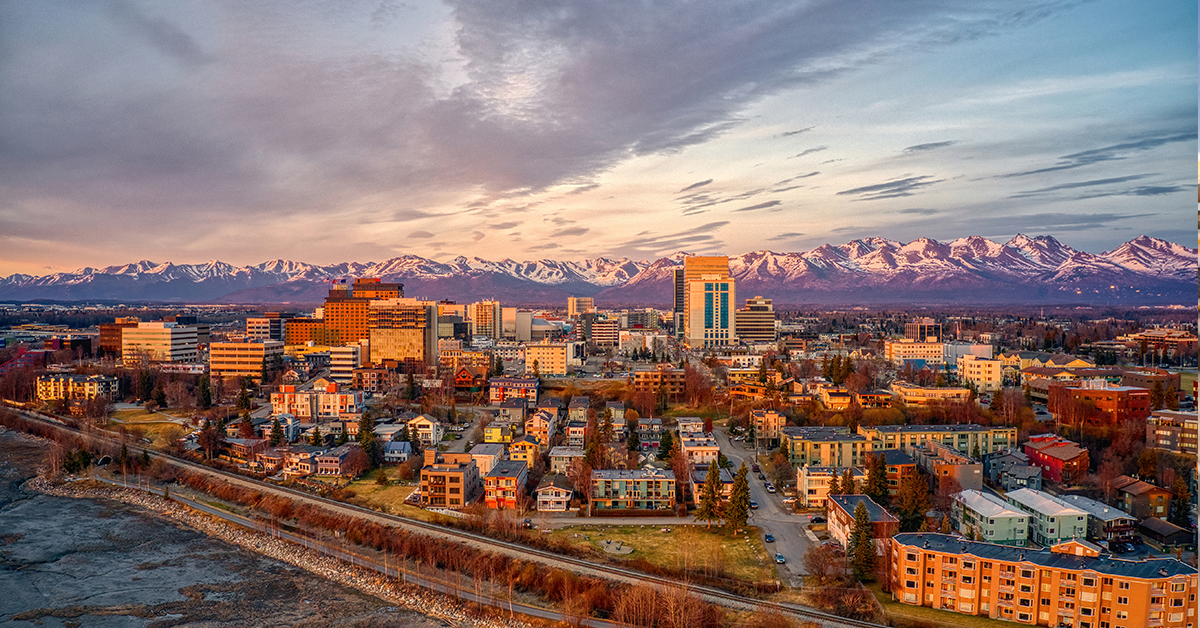Project of American Energy American Jobs Inc
© 2026 American Energy American Jobs Inc 
OPINION: The continued case for American leadership in the Arctic
Apr 9, 2024
Anchorage Daily News, Lisa Murkowski
This week, leaders from around the world are convening in Anchorage for the 10th annual Arctic Encounter Symposium — America’s premier Arctic event. This milestone is both an occasion to celebrate the gains we’ve made in the far north and a reminder of the continuing work ahead to fully manifest America’s leadership as an Arctic nation.
One of the surest markers of growth over the past decade, from the first Arctic Encounter Symposium to now, has been the shift in conversations happening at the conference. Back in 2014, we were trying to establish our Arctic identity and develop a leadership role for America through a stepped-up presence in the region. Today, with model Arctic strategies, policies, and growing resources in place, our discussions can focus on refining specific programs and actions.
Our recent legislative advances only underscore that progress.
In Congress, I’ve helped lead the effort to close the broadband gap in Alaska’s Arctic. Through the bipartisan infrastructure law, over $2 billion has been announced for our state, which will result in faster connections between local communities and the rest of the world.
We’re working to address the housing gap, investing in water and wastewater infrastructure, and addressing major infrastructure needs like the Barrow Coastal Erosion Project.
Resource development at Willow and Pikka is creating new jobs and promises to bring billions of dollars to Alaskans as well as regional and state budgets.
And through programs like the Arctic Youth Ambassadors and Arctic Council’s Indigenous Peoples Secretariat, we’re ensuring that Alaska’s youth can engage in the future of their communities.
Another key focus is strengthening national security and ensuring our Arctic’s defense capabilities are the best in the world.
In the most recent federal budget package, the delegation was able to secure an additional $125 million for the Coast Guard to purchase a commercial icebreaker. And over the last eight years, I’ve steered more than $1.5 billion to the Polar Security Cutter Program.
This will help close a real gap: Right now, the U.S. only has one operational Polar Class icebreaker, and while three more are authorized, they are years from being in the Arctic. Meanwhile, Russia already has 18 Polar Class icebreakers, with six more on the way. We have made progress but need to keep working until our icebreaker fleet can provide the capabilities and presence needed to support our polar programs and national security interests.
The Port of Nome is another example of how the U.S. is building out infrastructure as well as civil security and defense capabilities in the Arctic. We have secured $250 million to expand the port, which will have a deep-water basin that supports future commerce, tourism, security, and defense needs.
While we’ve made real progress on our Arctic infrastructure and defense capabilities, the rapidly changing region demands more investment and attention than ever before.
Climate change presents a double-edged sword, with opportunities for shipping, resource development, and even tourism, but all countered by existential threats. Those threats range from receding sea ice and coastal erosion to impacts on food security changing wildlife migration patterns and thawing permafrost, to name just a few.
Then there’s Russia’s catastrophic war on Ukraine, now in its third year. While the war itself has rightly been front and center, its ramifications have extended across the Arctic — from a lengthy disruption of activities at the Arctic Council to the breakdown of critical scientific cooperation and Russia’s overharvesting of seafood. Russia is also making dangerous choices, including shipping its oil through the Bering Strait in non-ice class tankers. Putin’s criminal actions threaten the rules-based order and stability of the Arctic.
Our work in the Arctic is continuing at both the domestic and the international level. Two immediate priorities of mine are the confirmation of Alaska’s own Mike Sfraga to be the first U.S. ambassador-at-large for the Arctic Region, and U.S accession to the United Nations Convention of the Law of the Sea (UNCLOS), so the U.S. can help set the agenda for the global maritime domain.
International officials and policy experts discuss these issues and many more at each Arctic Encounter Symposium. This year’s anniversary event is the latest demonstration that, within a decade, the United States is no longer a bystander or bit player in the Arctic — but increasingly ready, willing and capable of guiding the future of the Far North.
